On a day when love is usually in the air, a different kind of passion was on display this Valentine’s Day. Thousands of drivers for Uber, Lyft, and DoorDash took to the streets, not for love, but for fair pay and better working conditions.
A Nationwide Call for Change
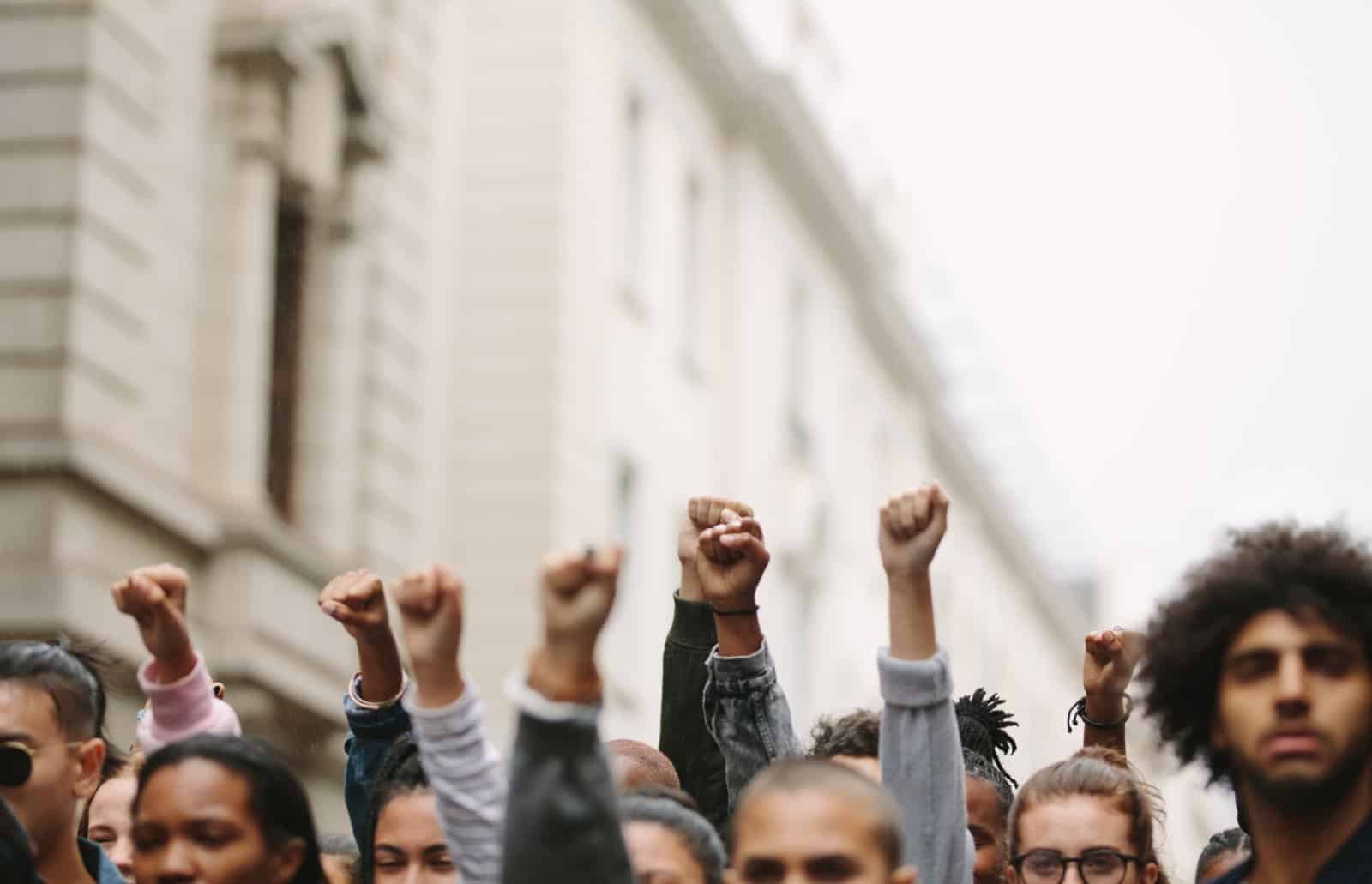
Drivers across the U.S. are fed up. They’re working longer hours for less pay and say the big companies are pocketing more than their fair share.
From Los Angeles to New York, the message from protestors is clear that it is time for a change.
The Heart of the Protest
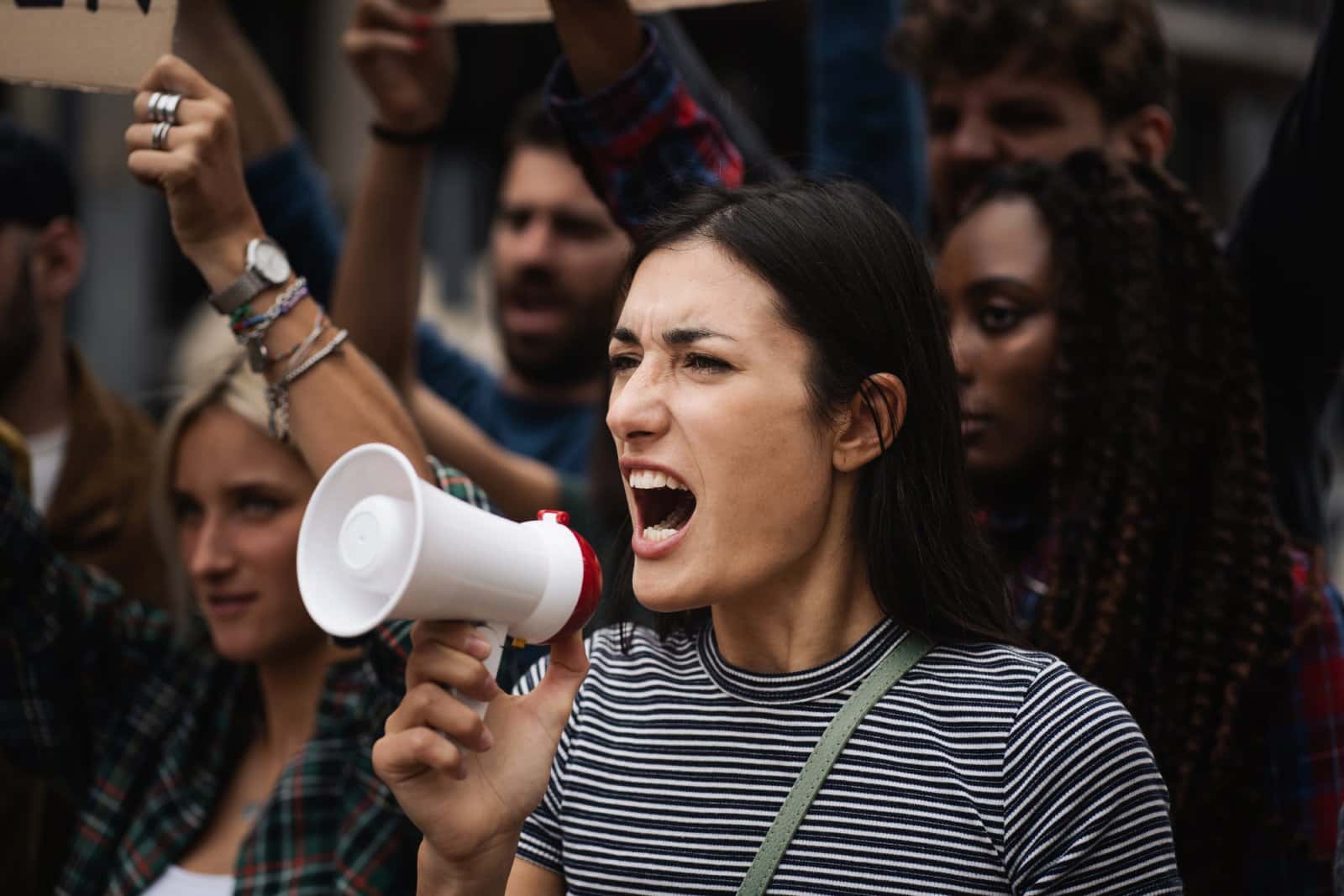
Drivers across the United States chose Valentine’s Day for a strategic strike, targeting a day known for high demand.
Organized by Justice for App Workers, the strike highlighted the growing disparity between the earnings of gig workers and the profits accrued by platforms.
Driven by Corporate Greed

The coalition argues against the rising corporate greed that sees both drivers and consumers bearing the brunt of increased costs.
Rising Prices, Growing Discontent
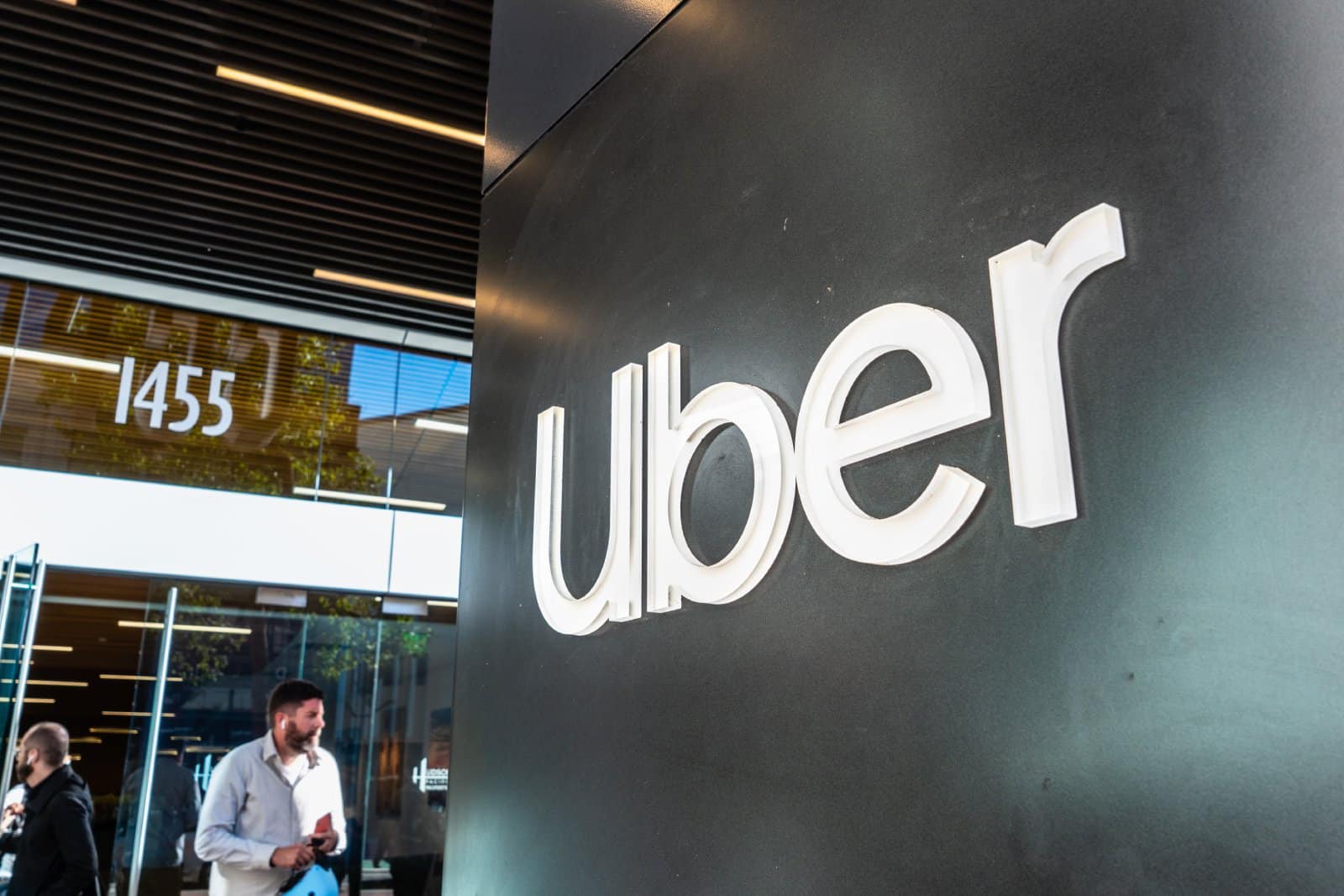
Analysis reveals that Uber’s pricing has surged by 83% since 2018, outpacing inflation substantially.
Despite these increases, drivers are reporting that they are only receiving a fraction of fare earnings, highlighting the acute financial pressures faced by gig workers in cities with high living costs.
Earnings Discrepancy

In contrast, reports and company statements paint a contradictory picture of driver earnings.
Gridwise data indicates that drivers’ hourly wages fall significantly below the figures touted by company executives, confirming the financial strain on drivers striving to make a living wage.
The Price of Progress

As companies like Uber see record stock prices amongst billion-dollar share buybacks, drivers wonder why there’s not enough to go around for them.
Nationwide Impact of the Strike
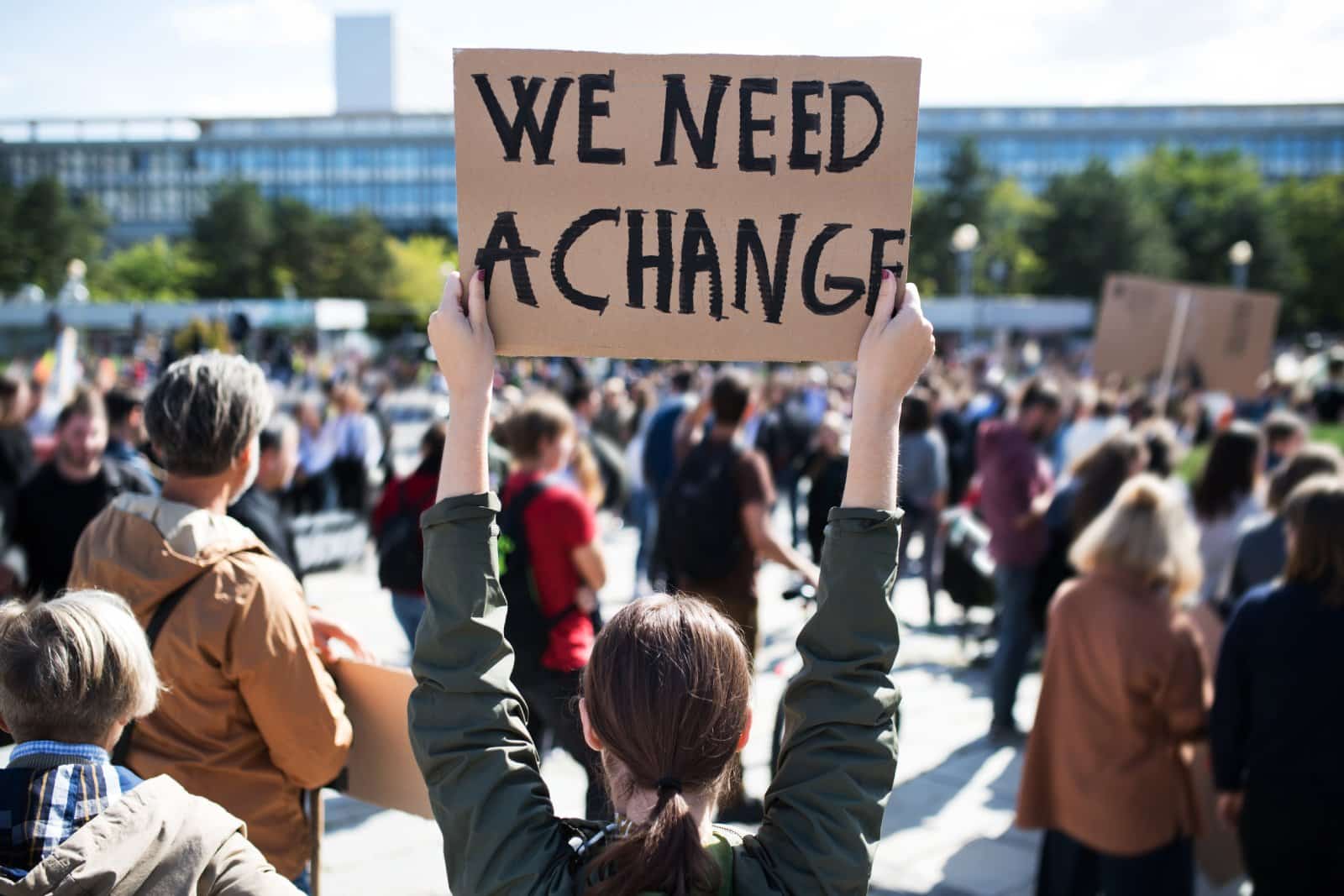
The Valentine’s Day strike marked a significant escalation in gig workers’ demands for fair treatment.
Spanning 17 U.S. cities, the strike aimed not just at higher wages but also at improving safety measures and ending arbitrary deactivations as frustration among drivers grows.
Uber and Lyft Respond
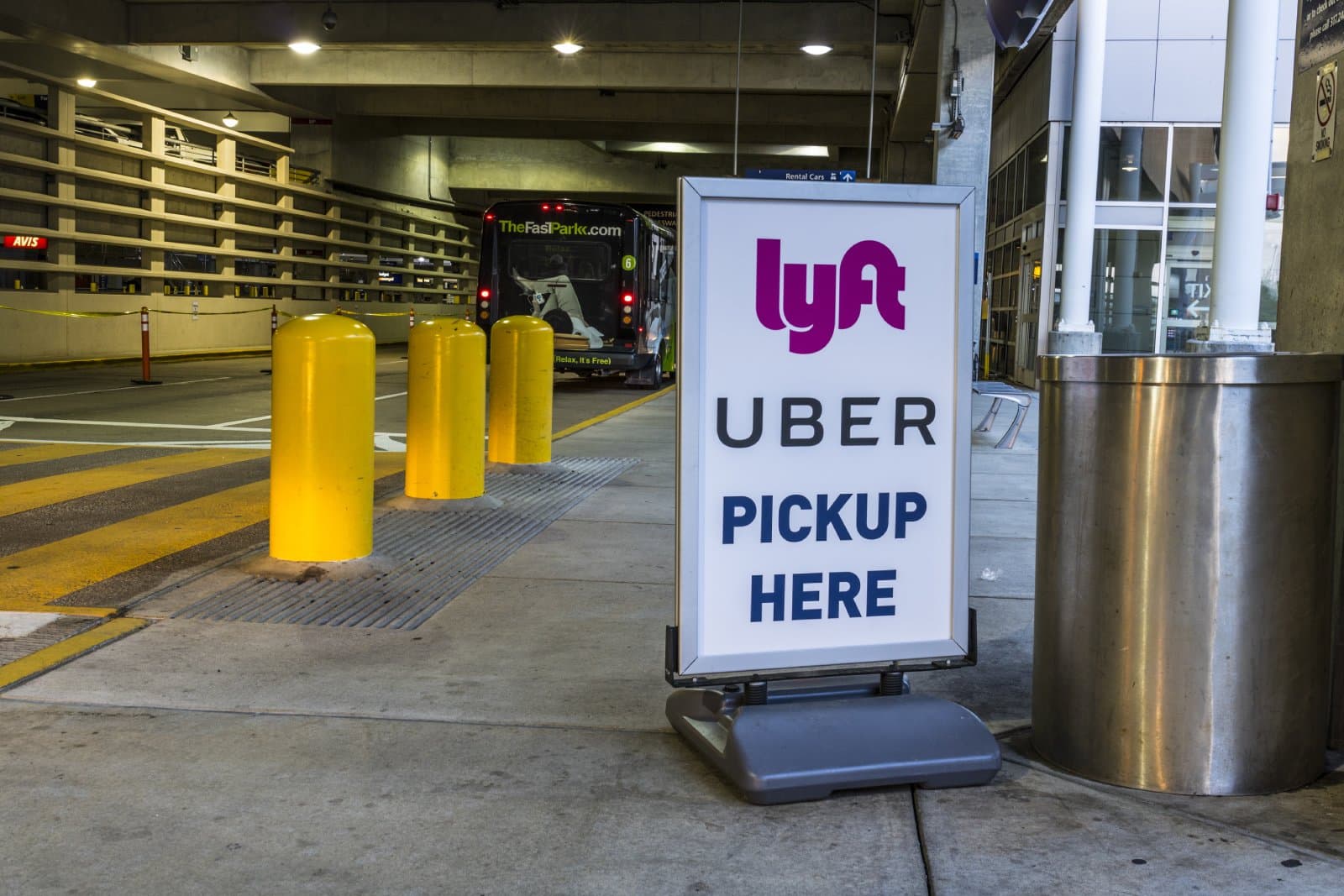
Both Uber and Lyft insist that they are making concerted efforts to improve the driver experience, with Lyft even promising drivers a bigger slice of the pie.
The Power of Protest

This Valentine’s Day strike is part of a growing wave of activism among gig workers. Fueled by frustration and a strong sense of community, drivers are more organized and determined than ever.
Despite the strike, companies claim it’s business as usual, with Uber reporting more drivers on the road.
The Global Context

This isn’t just a U.S. issue. Similar strikes and demands for fairer pay and conditions are happening around the world, showing this is a global conversation about the future of work in the gig economy.
A Movement with Momentum
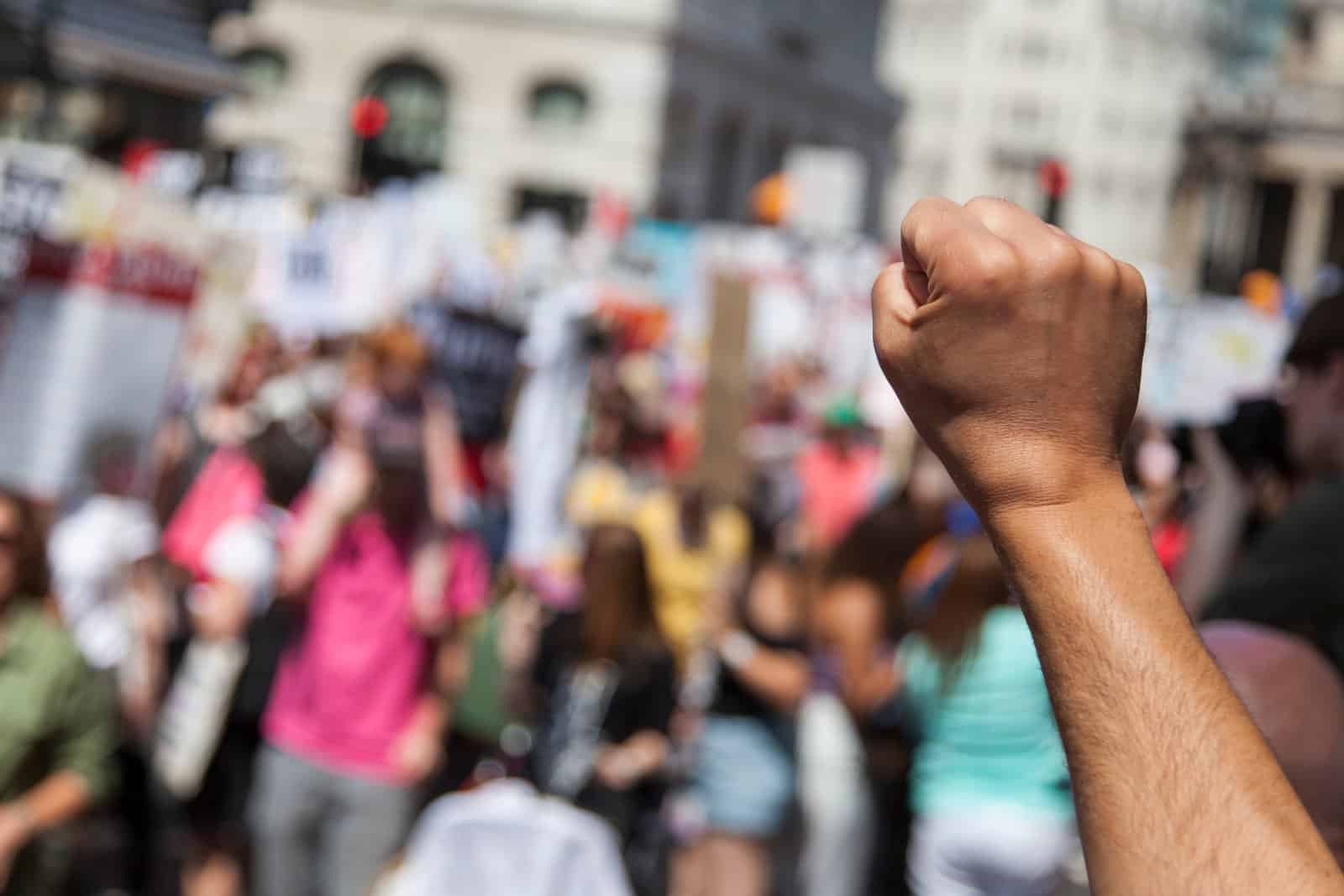
The strike is just one part of a broader movement seeking to redefine the gig economy.
With organizations and individuals rallying for change, this could be a turning point for workers everywhere.
What’s Next for Consumers?

The big question remains: will these protests lead to higher prices for the public, the consumers? If companies do decide to increase wages, the cost might trickle down.
A Valentine’s Day to Remember

This Valentine’s Day was more than just flowers and chocolates; it was a day of action, a day of standing up for what’s right.
As the dust settles, the impact of this strike could ripple through customer rides and deliveries for years to come.
Everyone Plays a Part

Drivers are demanding their fair share, and it is likely consumers will play a significant part in this story, whether through higher prices or by supporting the push for change.
The post Gig Workers on Strike: Companies Choose Flexibility Over Pay, Execs Say first appeared on Swift Feed.
Featured Image Credit: Shutterstock / Ground Picture.
The content of this article is for informational purposes only and does not constitute or replace professional financial advice.

